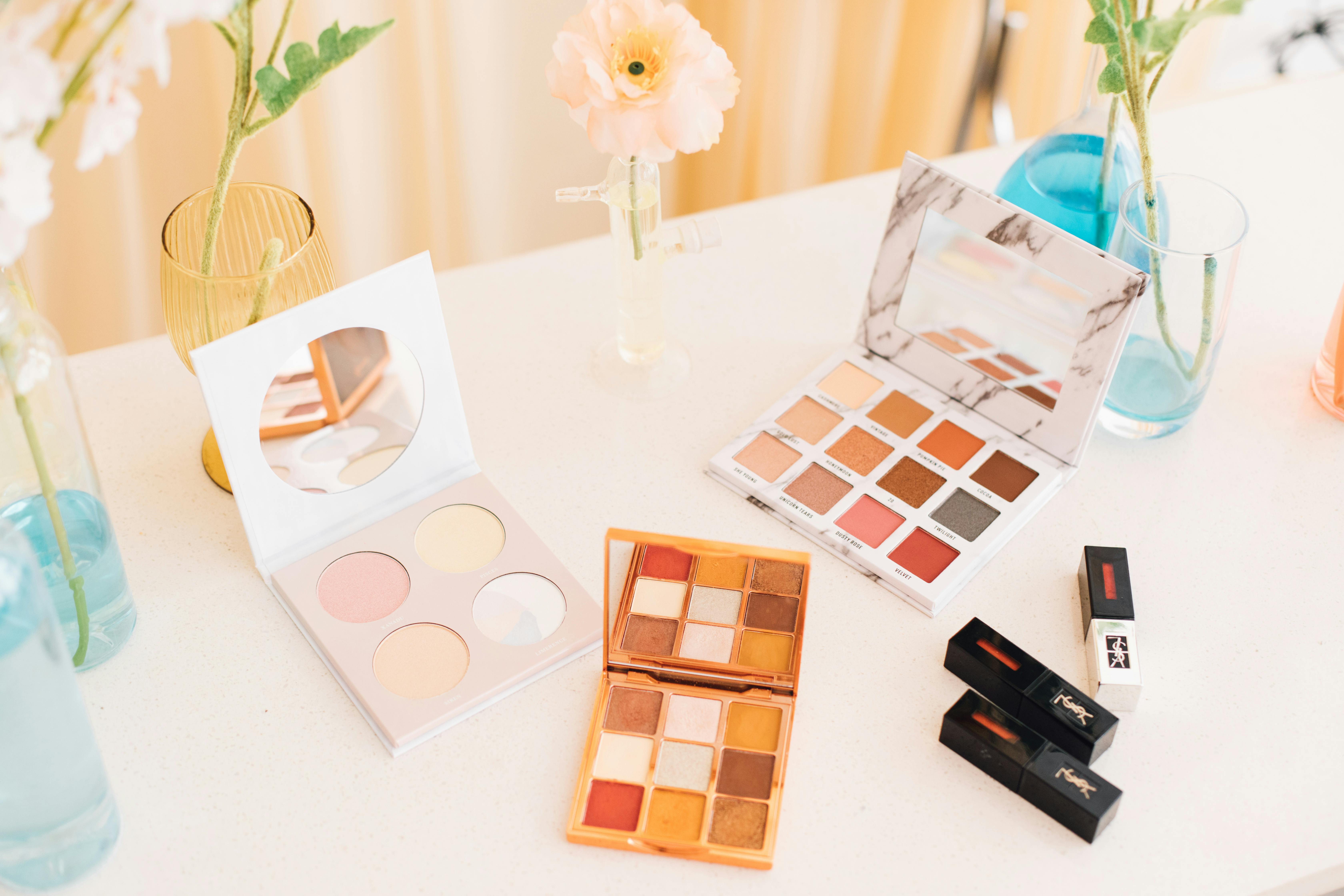The value of a wristwatch: factors used by experts to determine the price of a watch
Values are determined by wristwatch experts by considering all internal and external components of the watch, as well as current market conditions and trends.
Elements that determine the value of a wristwatch:
BRAND
The manufacturer of the wristwatch is certainly one of the factors that determine the value of the watch. The most popular and sought after wristwatch in the world is one from Patek Philippe of Geneva, Switzerland, all things being equal; ie: case style, metal, features, type, etc. Other important brands, but not necessarily in order of importance, are A. Lange & Sohne, Audemars Piguet, Baume & Mercier, Blancpain, Breguet, Breitling, Bvlgari, Cartier, Chopard, Concord, Chronoswiss, Corum, Ebel, FP Journe, France Muller, Gerald Genta, Girard-Perregaux, Glashutte, Hublot, Jaeger-LeCoultre, Omega, Panerai, Parmigiani, Piaget, Roger Dubuis, Rolex, Ulysse Nardin, Vacheron & Constantin, and Zenith.
There are, of course, many quality brands besides these, but for those looking for the best watches in the world, these manufacturers are at the top. Values are always based on what someone is willing to pay. For these fine watches, collectors and others who value fine craftsmanship are willing to pay upwards of a million dollars for the best luxury wristwatch.
STYLE:
Public popularity, fads and fashion determine which contemporary style is preferred at any given time.
Today, ladies wear larger style watches…even men’s watches like the Rolex Daytona, Datejust, Submariner and Yacht-Master. The great Cartier Tank Americaine is very popular now, as is the Cartier Ballon Bleu. Glamorous and ostentatious ladies like diamond watches…the Chanel J-12, the Chopard Ice Cube, the Patek Philippe Twenty-4 and the Piaget Protocol. Always popular is the classic Rolex President for women, as well as the Rolex Pearlmaster.
Men wear the ref. A. Lange & Sohne. 1815, the Patek Philippe, ref. 3919, as well as the Breitling Bentley and Panerai Ferrari models. The Audemars Piguet Royal Oak Offshore in rose gold is highly sought after and of course Rolex remains popular, particularly the two-tone steel and gold Rolex Submariner with a blue dial.
UTILITY:
A wristwatch has the advantage over most other collectibles: it’s useful. This single factor puts the wristwatch at the top of the list of vintage collectibles, both for enjoyment while wearing it and for future long-term investment. An originally expensive wristwatch will always have some value. Commercial grade “garbage” will always be garbage.
THE CASE:
Case Metal: The intrinsic value of the metal case is the only value some vintage watches have. Many metals and materials have been used for cases over the years, including platinum, 9-10-14-18-22 karat gold, silver, gold filled, gold plated, nickel, stainless steel, plastic, and ceramic. The Patek Philippe watch in platinum is one of the most sought after contemporary watches today.
Case Marks: Many vintage wristwatches from manufacturers and jewelers such as Patek Philippe, Cartier, Rolex, Jaeger-LeCoultre, Tiffany, Hamilton, etc., were boxed, packed and timed at the factory. These watches, in their original marked boxes, are worth much more than watches in unmarked boxes. Every wristwatch company, which made movements, at one time or another, and sometimes throughout the life of the company, sold ONLY movements, with dials marked to the buyer’s specifications, which were then boxed into standard boxes or custom made supplied by many American and European casemakers. These are sometimes described as “contract cases.”
Box style: The case style of both contemporary and antique watches plays a role in determining their value. Hinged handles, curved boxes, enamel boxes, “Art Deco” style boxes make the vintage piece stand out from the others, thus increasing the value for collectors. The style and shape of the contemporary piece are factors that influence the current price based on current popular trends.
CONDITION:
Here are a few things that are particularly important when pricing a watch:
Tick: Is it the original sphere? Most wrist watches have metal faces. If it’s metal, has it been repainted or does it need to be? Is the dial bent or scratched? Are there any damaged or missing bookmarks? Are the hands damaged? Is there discoloration? The more valuable the watch, the more valuable the dial.
cash register: Note the amount of wear. If it is a gold box, is it bent or dented or has the gold worn away? Have the lugs been bent, damaged or replaced? Are the spring bar holes worn? Initials or other inscriptions generally diminish the attractiveness and value of the watch.
WristNote: If you are buying a watch with a fixed bracelet, make sure the bracelet is the correct length. Some types, particularly mesh-type bracelets, are expensive to shorten and even more expensive to lengthen. Leather straps show wear but are generally replaceable. A generic strap will cost considerably less than a factory-made strap. Does it have a pin buckle or a folding clasp?
Crown: The original crown is important when marked, such as Patek or Rolex.
movement: Whether or not the movement is original and whether it is in good working order and complete with no failed repairs are factors in the price of the watch. The finish must be good, without corrosion, oxidation or scratches.
Of course, there are several other factors involved in the price of vintage and contemporary watches, which will be covered in future articles. In general, the true value of a watch is the price that a collector or investor, who wants the wristwatch and has the money, will pay another collector or dealer, who knows the value.
